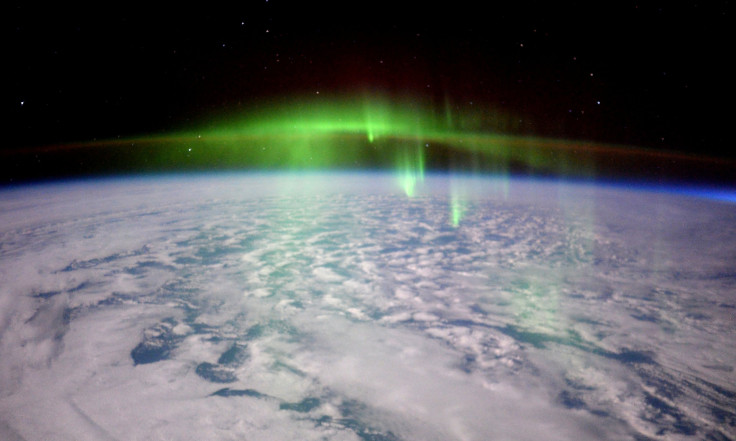Australian mini-satellites to explore Earth's thermosphere; 3 Australian universities to make history

Australian researchers are taking a historic step forward as the Qb-50 project is set to launch its first Aussie mini-satellites in space from International Space Station (ISS) next year. The project will study Earth’s thermosphere as it is the least-understood layer of our atmosphere. Researchers from three Australian universities are getting ready to make history as they prepare to measure the density and temperature of plasma in that region.
The Qb-50 project, as the name suggests, will launch 50 mini-satellites, known as CubeSats, from ISS into the little-understood thermosphere. The project has been in the making for four years and 28 countries are involved. The satellites will be sent to space from Houston, Texas, this December and are expected to be launched from the ISS in January 2017. The three Australian CubeSat satellites weight just 2 kilograms each.
The thermosphere is the last layer of atmospheric defence for Earth before space starts and it’s in this region that satellites circle the Earth. The thermosphere is found between 200 to 380 kilometres above Earth. It is also where Earth’s atmosphere is most-impacted by solar activity. It is where the aurora borealis is created and weather patterns are measured. Research on this least-understood layer will have major implications.
Dr. Elias Aboutanios from the University of New South Wales (UNSW), who is also project leader for UNSW's E-co CubeSat satellite, said that long-range radio communication is another important activity that takes place in the thermosphere. UNSW, Australian National University (ANU) and Sydney University are the three universities that are heading the INSPIRE-2 project. The project will measure the density and temperature of plasma in the region.
Apart from INSPIRE-2, another UNSW project called Ec0 and University of South Australia and University of Adelaide’s SUS-Sat project will study the atomic composition of the thermosphere. Project leader for INSPIRE-2 and Sydney University professor, Iver Cairns, revealed that plasma and ion particles in thermosphere change the composition of radio waves and this has tremendous impact on GPS equipment and radars.
“If you have unexpected ionisation due to flares or other activity, you can mislocate the plane, and it can think that it's five metres above the ground, when it's in fact 10. That's where it becomes a real problem for air traffic controllers,” Cairns told the ABC.





















